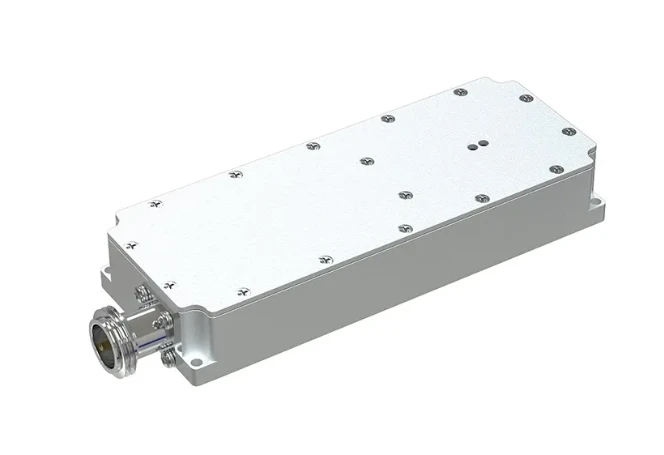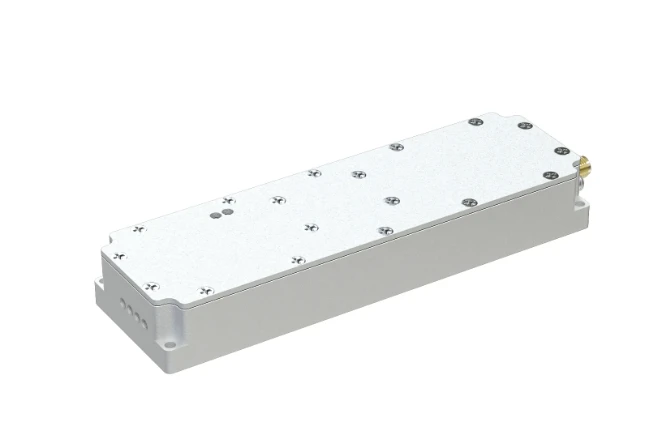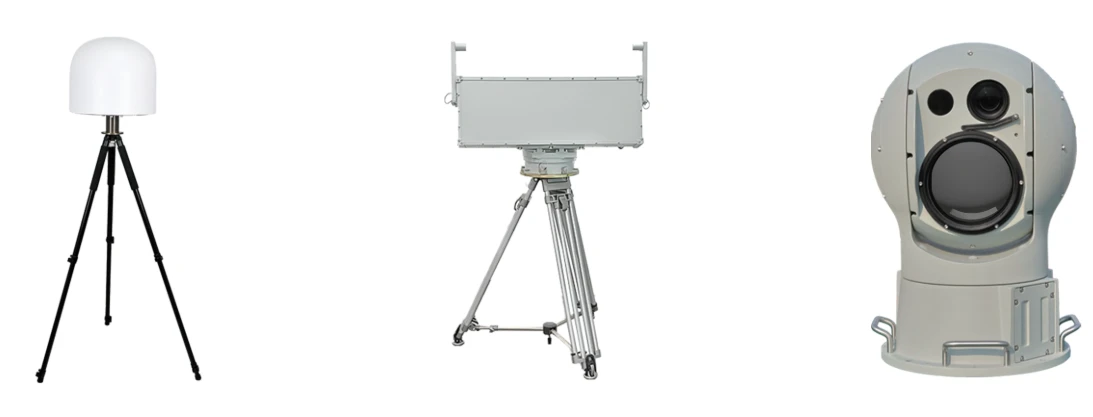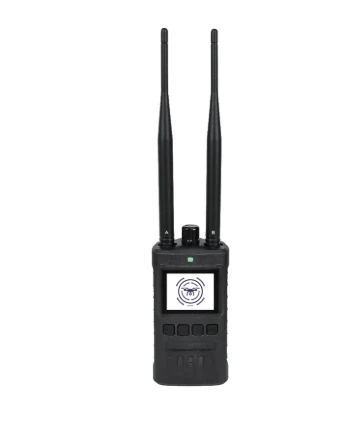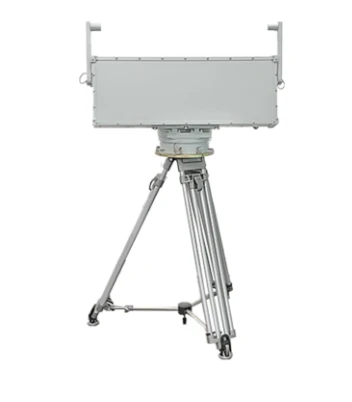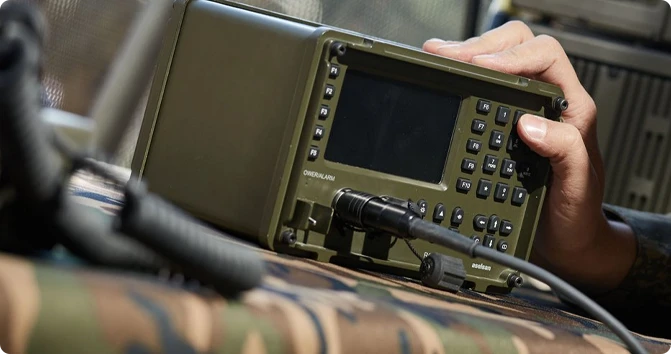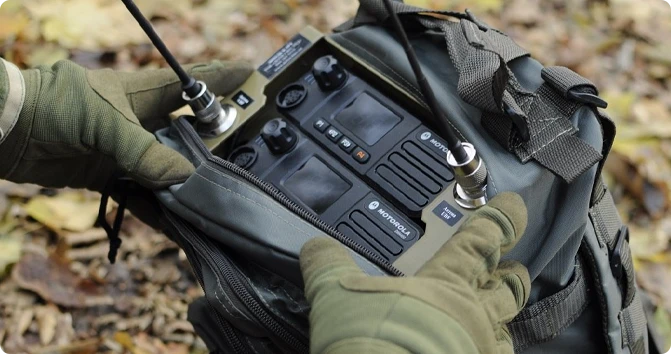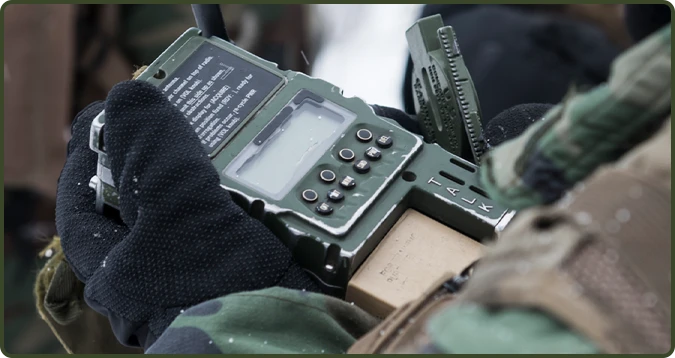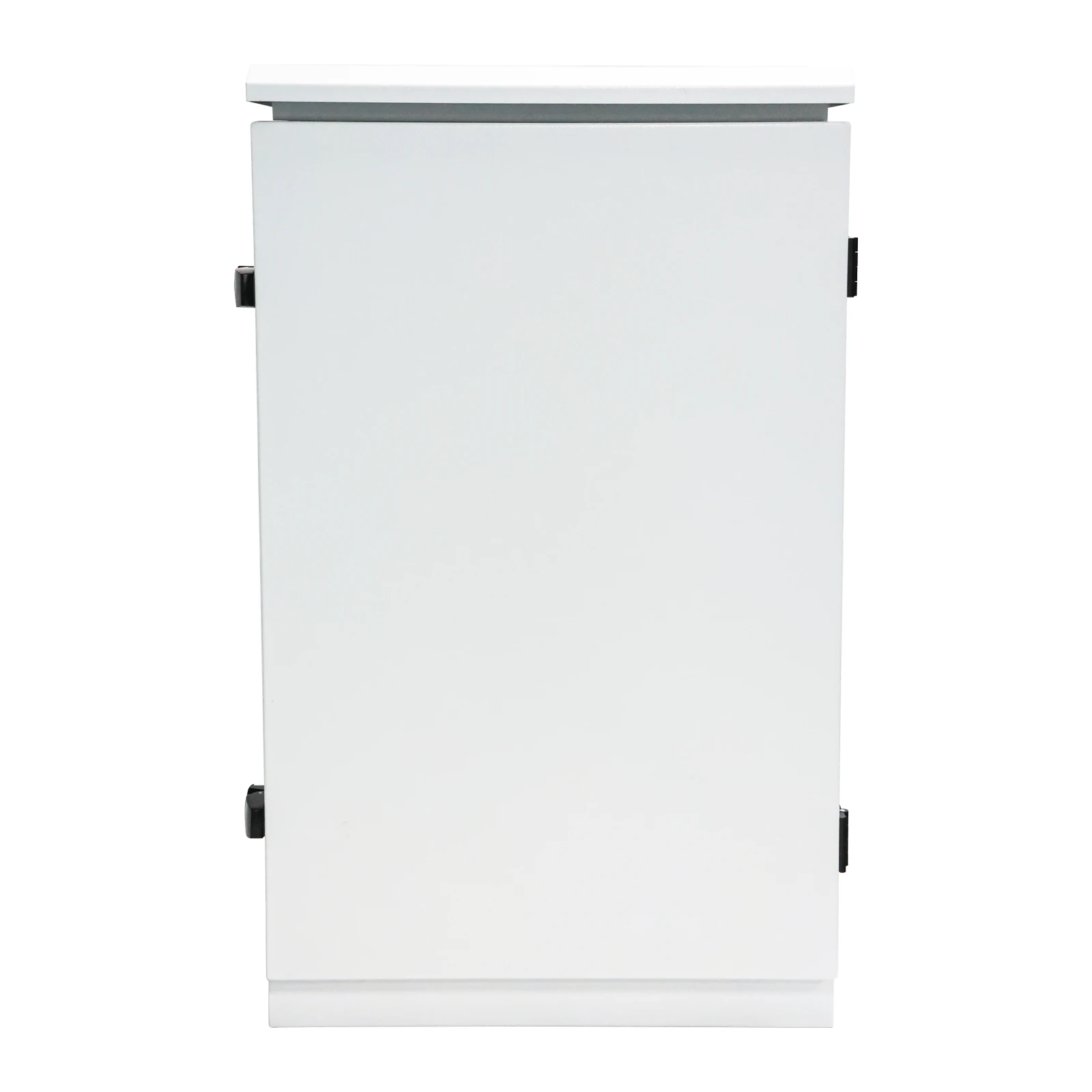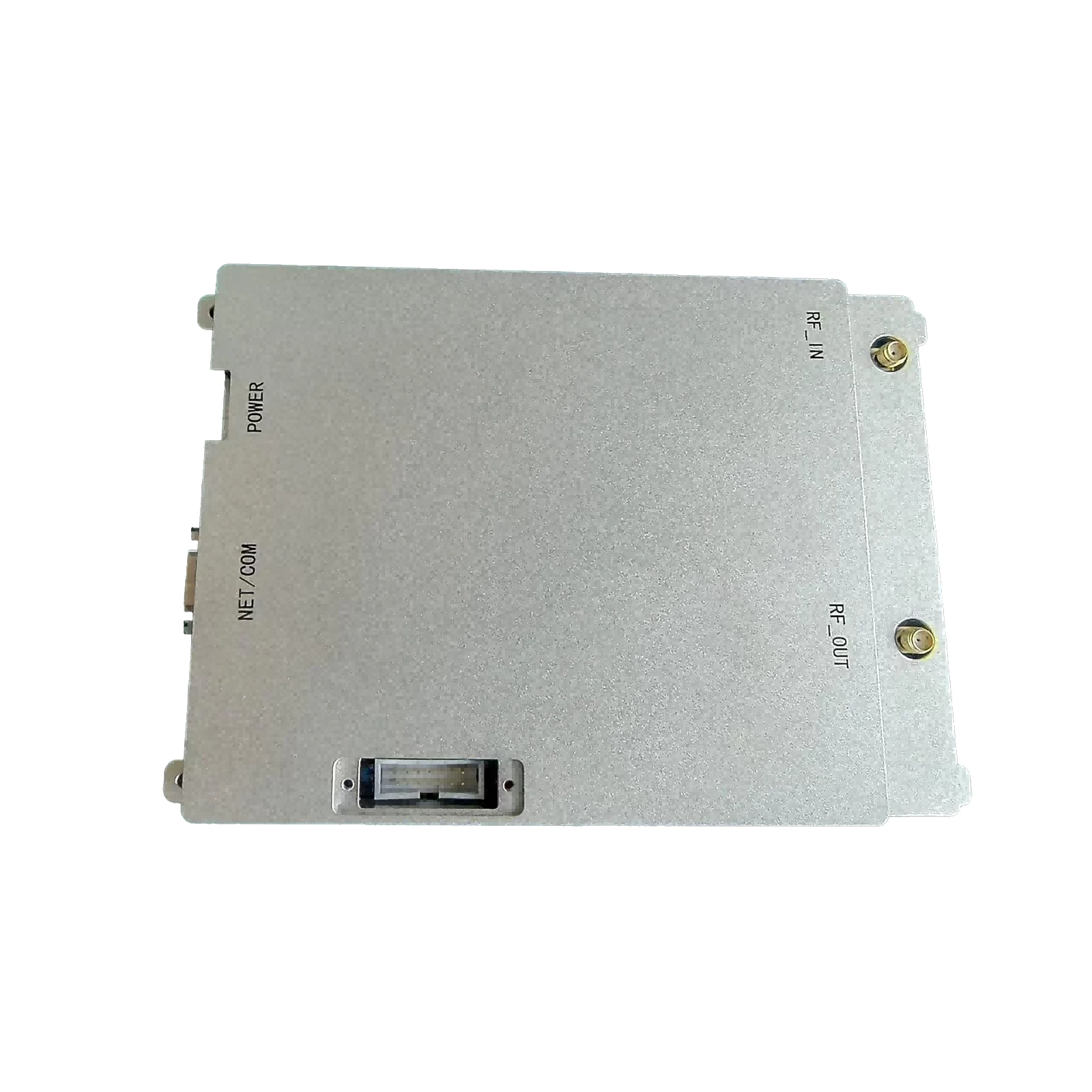High-Performance RF Transmitter and Receiver - Reliable 2.4 GHz RC Modules for Wireless Communication
- Introduction to RF Transmitter and Receiver: Overview of Wireless Communication Modules
- Technological Advantages and Key Performance Data of RF Modules
- Vendor Comparison: Reliability, Range, and Cost Analysis
- Customization Options for Unique Application Requirements
- Common and Innovative Applications of Receiver and Transmitter Modules
- Practical Case Study: Implementing 2.4 GHz RF Transmitter and Receiver Solutions
- Conclusion: Choosing the Right RF Transmitter and Receiver for Your Needs

(rf transmitter and receiver)
Introduction to RF Transmitter and Receiver Modules
Radio Frequency (RF) transmitter and receiver modules are foundational elements in wireless electronics, forming the core technology behind countless remote control and data transmission systems. Their role in enabling reliable, cable-free communication has underpinned the growth of remote-controlled devices, smart homes, and industrial automation systems. Whether integrated as standalone solutions or used within embedded platforms, receiver and transmitter modules support a vast range of frequencies, the most common being the 2.4 GHz RF transmitter and receiver variant, prized for its balance of range, speed, and resistance to interference. With the global wireless transmitter market expected to surpass $5.4 billion by 2027 (CAGR: 6.5%), the importance of high-performance, versatile RF modules is only increasing.
Technological Advantages and Key Performance Data
The evolution of RF transmitter and receiver technologies over the past decade has resulted in modules capable of impressive ranges, minimized power consumption, and enhanced security features. For instance, leading receiver and transmitter modules today can achieve data rates of up to 2 Mbps, with transmission distances ranging from 30 to 1000 meters in open space, depending on the environment and antenna design.
- Frequency agility: Modern rc transmitter and receiver module systems facilitate dynamic frequency selection to reduce channel interference, vital in congested environments.
- Energy efficiency: Low-power modes enable devices powered by small batteries to operate continuously for up to several years.
- Robustness: Spread spectrum and advanced error correction protocols guard against data loss and ensure communication integrity.
- Form factor flexibility: Modules are available in surface-mount, through-hole, and integrated PCB variants, offering design versatility for engineers.
In real-world deployments, laboratory tests show that a mid-tier 2.4 GHz rf transmitter and receiver
module achieves a packet error rate below 0.1% at 50 meters and can operate reliably across a temperature range of -40°C to +85°C. These improvements empower manufacturers in consumer electronics and industry alike to design smarter, more resilient wireless systems that meet the high standards of contemporary applications.
Vendor Comparison: Reliability, Range, and Cost Analysis
Navigating the competitive landscape of rf transmitter and receiver suppliers requires an analytical comparison based on criteria like range, data rate, operational reliability, and unit cost. Below is a summary table of popular modules from renowned manufacturers:
| Vendor | Model | Frequency Band | Range (meters) | Data Rate (kbps) | Supply Voltage (V) | Typical Price (USD) | Error Rate (%) |
|---|---|---|---|---|---|---|---|
| Texas Instruments | CC2500 | 2.4 GHz | 75 | 500 | 1.8–3.6 | 1.59 | 0.08 |
| Nordic Semiconductor | nRF24L01+ | 2.4 GHz | 1000 (with PA/LNA) | 2000 | 1.9–3.6 | 1.50 | 0.07 |
| RF Solutions | RF600E/R | 433 MHz | 200 | 80 | 2.0–5.5 | 2.05 | 0.11 |
| HopeRF | RFM69HCW | 433/868/915 MHz | 500 | 300 | 1.8–3.6 | 2.60 | 0.10 |
| Silicon Labs | Si4463 | 142–1050 MHz | 1000 | 1000 | 1.8–3.6 | 3.10 | 0.09 |
According to customer feedback and industrial benchmarks, Nordic’s nRF24L01+ is especially popular for applications requiring long range at the 2.4 GHz band, while the Texas Instruments CC2500 offers more than adequate performance for highly-integrated RC controller systems. Neither module sacrifices on energy efficiency, and both are supported by robust development tools and worldwide distribution.
Customization Options for Unique Application Requirements
Off-the-shelf rf transmitter and receiver modules address most general use cases, yet certain applications demand features beyond standard configurations. Manufacturers frequently offer customized services, including:
- Frequency tuning: For specialized communication systems, modules may be tuned outside common industrial or ISM bands to avoid regulatory overlap and improve security.
- Integrated encryption: For critical data transmission, modules can include built-in AES or proprietary encryption algorithms.
- Form factor and footprint adaptation: PCB design modifications and antenna integration streamline the module into unique enclosures.
- Firmware tailoring: Customized firmware enables protocol translation, custom control logic, or ultra-low-power sleep modes for IoT and wearable devices.
- Conformal coating and ruggedization: For harsh environments (e.g., outdoor, automotive), modules receive coatings, shielding, or reinforced connectors for enhanced durability.
The turnaround time for such custom modules, depending on complexity, ranges from two to eight weeks, with non-recurring engineering (NRE) fees typically ranging between $200 and $1500. In volume, the incremental cost per unit drops significantly, enabling OEMs to bring highly differentiated wireless products to market.
Common and Innovative Applications of Receiver and Transmitter Modules
The versatility of receiver and transmitter module technology is seen in the breadth of deployment across industries. Traditional applications include remote keyless entry systems, wireless alarm equipment, and smart lighting controls. Sporting and gaming sectors rely heavily on rc transmitter and receiver module systems for wireless model aircraft, cars, and drones, where latency and reliability are crucial.
- Industrial automation: Wireless sensors using 2.4 GHz RF transmitter and receiver offer remote diagnostics, minimizing downtime and maintenance costs, helping factories achieve up to 30% reduction in unplanned outages (Deloitte, 2023).
- Smart infrastructure: Building management systems coordinate HVAC, lighting, and security over robust wireless backbones, offering seamless retrofits and increased energy savings.
- Healthcare: Wearable patient monitors and infusion pumps utilize encrypted RF links to protect sensitive medical data, with mean time between failure (MTBF) exceeding 100,000 hours in clinical trials.
- Environmental monitoring: Distributed sensors in agriculture and meteorology benefit from long-range, low-power capabilities, enabling daily data transmission from sites up to 1 km away on battery power.
- Consumer electronics: Smart toys, wireless keyboards, and wearable gadgets prioritize modules with integrated microcontrollers for reduced BOM cost and simplified assembly.
As IoT deployments multiply, the demand for high-integrity, multi-channel RF solutions is projected to grow by 8.1% annually, driving further innovation in both mass-market and niche applications.
Practical Case Study: Implementing 2.4 GHz RF Transmitter and Receiver Solutions
To illustrate practical deployment, consider a medium-sized manufacturer of industrial motor controllers seeking to replace a legacy wired interface with a 2.4 GHz rf transmitter and receiver setup. The goal: real-time monitoring of up to 100 devices within a 200-meter radius plant.
- Module selection: The engineering team shortlisted the nRF24L01+ due to its high throughput (2 Mbps) and proven interference resilience in factory environments.
- Integration engineering: Modules were configured in point-to-multipoint topology. Custom firmware prioritized time-stamping and error correction; the proprietary air protocol reduced packet loss.
- Security adaptation: Built-in 128-bit AES encryption protected diagnostics and configuration data from interception.
- Outcome: After six months’ deployment, internal metrics showed a 50% improvement in diagnostic resolution time, zero major transmission failures, and full compliance with regional EMC regulations.
This case demonstrates the scalability, security, and performance improvements achievable with modern RF transmitter and receiver selections versus traditional wired or legacy RF solutions.
Conclusion: Choosing the Right RF Transmitter and Receiver for Your Project
Selecting a suitable RF transmitter and receiver involves balancing operational range, cost, customization needs, and compliance requirements. By leveraging performance insights, benchmarking data, and real-world application feedback, engineers are better equipped to adopt the right rc transmitter and receiver module for each application. As wireless communication standards and module technologies progress, such informed decisions continue to drive innovations in both everyday consumer products and mission-critical industrial systems. Careful evaluation of the available options ensures successful deployment and longevity for wireless projects in the years ahead.
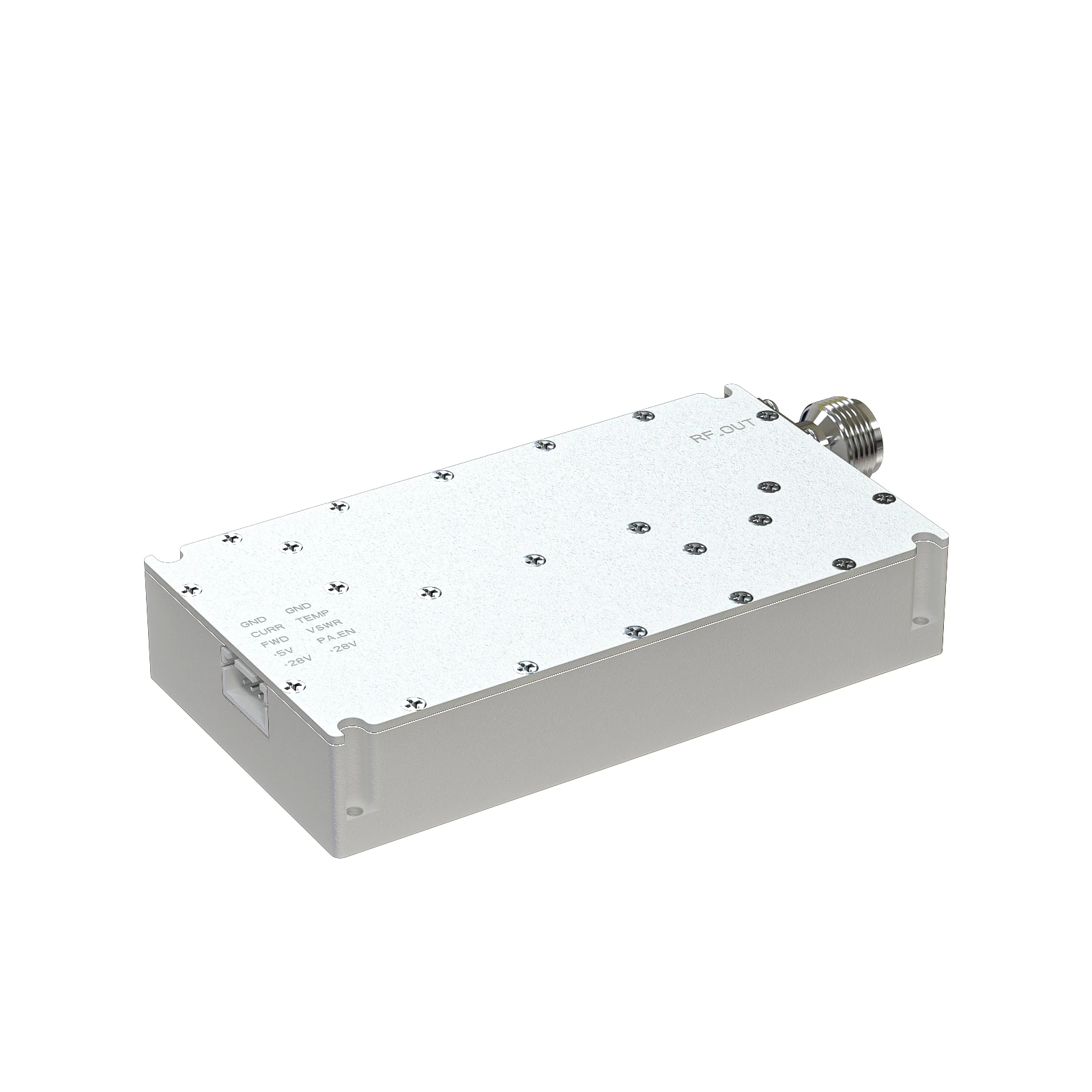
(rf transmitter and receiver)
FAQS on rf transmitter and receiver
Q: What is an RF transmitter and receiver?
A: An RF transmitter and receiver are electronic devices that send and receive radio frequency signals wirelessly. They are widely used for communication between two devices without physical connections.Q: How does a receiver and transmitter module work?
A: A receiver and transmitter module works by converting data into radio waves (via the transmitter) and receiving those waves to decode the data (via the receiver). Together, they enable wireless data communication over short or long distances.Q: What is an RC transmitter and receiver module?
A: An RC (Radio Control) transmitter and receiver module is used in remote-controlled devices like cars, drones, and boats. The transmitter sends control signals to the receiver, which operates the device's functions.Q: What is special about a 2.4 GHz RF transmitter and receiver?
A: A 2.4 GHz RF transmitter and receiver operate at a frequency commonly used for wireless communication. This band is less crowded with interference, giving stable and reliable connections for applications like wireless keyboards or drones.Q: Can receiver and transmitter modules be used for DIY projects?
A: Yes, receiver and transmitter modules are popular in DIY electronics projects for wireless data transfer. They are easy to integrate with microcontrollers like Arduino and Raspberry Pi.-
09 March 2021 07 Jul 2025
-
09 March 2021 07 Jul 2025
-
09 March 2021 07 Jul 2025
-
09 March 2021 07 Jul 2025
-
09 March 2021 07 Jul 2025
-
09 March 2021 21 May 2025
-
09 March 2021 25 Dec 2024
-
09 March 2021 14 Oct 2022
-
09 March 2021 25 Dec 2024



